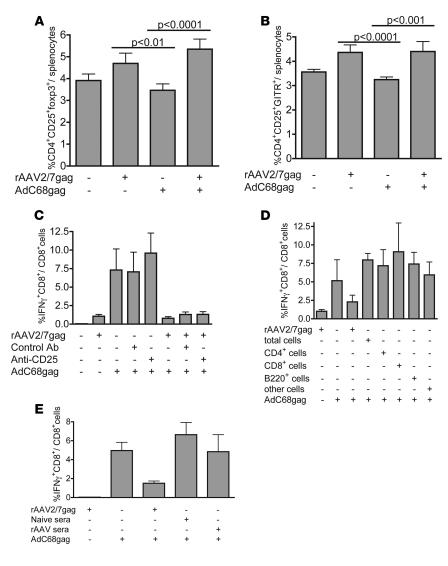Figure 7. rAAV vectors increase regulatory cells, which do not cause impairment of the proliferative capacity of rAAV-induced CD8+ T cells.
(A and B) BALB/c mice were immunized with 1011 gc rAAV2/7gag and 1 month later boosted with 1010 vp AdC68gag; control mice received rAAV2/7gag or AdC68gag. At 10 days after the boost, splenocytes were analyzed for percentage of CD4+CD25+FoxP3+ cells (A) and CD4+CD25+GITR+ cells (B). (C) Mice immunized with 1011 gc rAAV2/7gag were treated 3 days before the 1010 vp AdC68gag boost with 200 μg antibody to CD25 i.p.; control mice were treated with 200 mg of control antibody. (D) For adoptive transfer, 2 × 106 CD4+, CD8+, B220+, or other cells were sorted from splenocytes of BALB/c mice immunized with 1011 gc rAAV2/7gag 1 month earlier and injected through the tail vein into naive mice. Recipient mice were immunized 1 day later with 1010 vp AdC68gag; control mice did not receive cells but did receive the 1011 gc rAAV2/7gag prime and 1010 vp AdC68gag boost. (E) Serum (200 μl) from naive mice or mice receiving an immunization of 1011 gc rAAV2/7gag was transferred i.v. into naive mice, and then 1 day later recipient mice were immunized with 1010 vp AdC68gag vector; control mice received no serum but were immunized with 1011 gc rAAV2/7gag followed by a 1010 vp AdC68gag boost. At 10 days after the boost, splenocytes were analyzed by ICS. In C–E, frequency of gag-specific IFN-γ–secreting CD8+ T cells is shown. Background values (less than 0.1%) were subtracted prior to plotting. Error bars represent SD for 5 mice.

